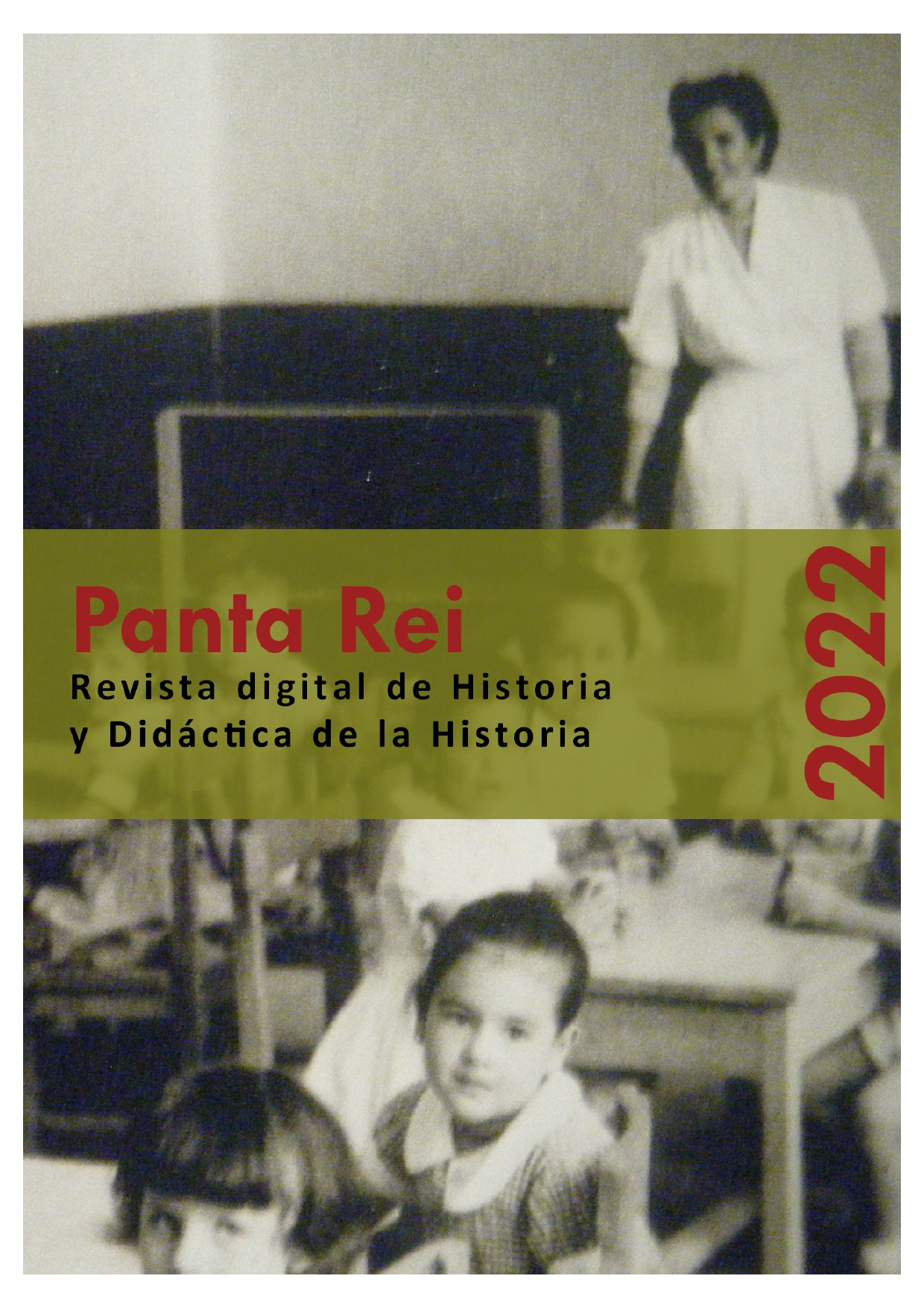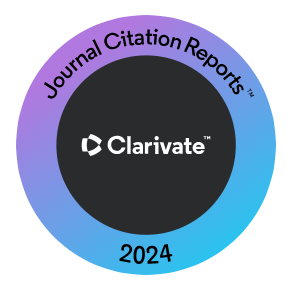Some notes on the distribution of goods in egyptian private mortuary cults: three cases studies
Abstract
The mortuary provisions of private tomb owners in the Old Kingdom constitute fundamental evidence for the understanding of the operation of the private mortuary cult. The clauses present in these texts provide information about a variety of topics concerning the development of the cult and the use of the properties allotted to sustaining it. However, there are some aspects about which not much information is given. One of these facets is the way in which the goods allocated for the mortuary cult were distributed among the cultic performers. In this paper I intend to contribute to clarifying this aspect by analysing three case studies that are particularly revealing about this matter.
Downloads
-
Abstract953
-
PDF582
-
EPUB414
References
Baer, K. (1956). A note on Egyptian units of area in the Old Kingdom. Journal of Near Eastern Studies 15, 113-117.
Barta, M., (2013). Kings, Viziers, and Courtiers: Executive Power in the Third Millennium B.C. In J. C. Moreno García (ed.), Ancient Egyptian Administration (pp. 153-175). Brill.
Breasted, J. H. (1962). Ancient Records: historical documents, from the earliest times to the persian conquest. Russell & Russell.
Brovarski, E. J. (2001). The Senedjemib Complex. Part 1, The mastabas of Senedjemib Inti (G2370), Khnumenti (G2374), and Senedjemib Mehi (G2378). Museum of Fine Arts, Boston.
Der Manuelian, P. (1986). An essay in document transmision: Nj-kA-anx and the earliest xrjw-rnpt, Journal of Near Eastern Studies 45, 1-18.
Der Manuelian, P. (2009). Penmeru Revisited-Giza Mastaba G 2197 (Giza Archives Gleanings V). Journal of the American Research Center in Egypt 45, 3-48.
Edel, E. (1981). Hieroglyphische Inschriften des Alten Reiches. Westdeutscher Verlag.
Edel, E., Seyfried K. J. and Vieler G. (2008). Die Felsgräbernekropole der Qubbet el-Hawa bei Assuan. F. Schöningh.
Fischer, H. G. (1996). Varia nova. Metropolitan Museum of Art New York.
Fitzenreiter, M. (2004). Zum Toteneigentum im Alten Reich. Achet.
Goedicke, H. (1967). Königliche Dokumente aus dem alten Reich, Harrassowitz.
Goedicke, H. (1970). Die privaten Rechtsinschriften aus dem Alten Reich, Verlag Notring.
Hamilton, C. R. (2015). Aspects of the judiciary in the Egyptian Old Kingdom. In J. Cox, C. R. Hamilton, K. R. L. McLardy, A. J. Pettman and D. Stewart (eds.), Ancient Cultures at Monash University, Proceedings of a Conference held between 18-20 October 2013 on Approaches to Studying the Ancient Past (pp. 29-38). British Archaeological Reports.
Harari, I. (1950). Contribution à l'étude de la procedure judiciaire dans l'Ancien Empire égyptien. Imprimerie du Scribe égyptien.
Harari, I. (1957). La fondation cultuelle de N.k.wi.ankh à Tehneh. Notes sur l'organisation cultuelle dans l'Ancien Empire Egyptien. Annales du Service des Antiquités de l'Égypte 54, 317-344.
Hays, H. M. (2000). wD: the context of command in the Old Kingdom, Göttinger Miszellen 176, 63-67.
Helck, W. (1974). Altägyptische Aktenkunde des 3. und 2. Jahrtausends v. Chr. Deutscher Kunstverlag.
Jones, D. (2000). An index of ancient Egyptian titles, epithets and phrases of the Old Kingdom. British Archaeological Reports.
Legros, R. (2018). Décrets de la nécropole royale de Pépy Ier. In K. O. Kuraszkiewicz, E. Kopp and D. Takács (eds.), "The perfection that endures…": studies on Old Kingdom art and archaeology (pp. 279-304). Department of Egyptology, Faculty of Oriental Studies University of Warsaw.
Lippert, S. L. (2008). Einführung in die altägyptische Rechtsgeschichte. Lit.
Lloyd, A. B., Spencer, A. J. and el-Khouli, A. (2008). Saqqâra Tombs 3, The Mastaba of Neferseshemptah. Egypt Exploration Society.
Logan, T. (2000). The Jmyt-pr Document: Form, Function, and Significance. Journal of the American Research Center in Egypt 37, 49-73.
Martin-Pardey, E. (1994). Richten im Alten Reich und die sr-Beamten. In B. M. Byran and D. Lorton (eds.), Essays in Egyptology in honor of Hans Goedicke (pp. 164-165). Van Siclen Books.
Moreno García, J. C. (2004). Egipto en el Imperio Antiguo [2650-2150 antes de Cristo]. Bellaterra.
Moret, A. (1907). Donations et fondations en droit égyptien. Recueil de traveaux relatifs à la philologie et à l'archéologie égyptiennes et assyriennes 29, 57-95.
Moret, A. (1914). Une nouvelle disposition testamentaire de l'ancien Empire égyptien. Comptes rendus de l'Académie des Inscriptions et Belles-lettres, 58 (6), 538-546.
Moussa A. and Altenmuller, H. (1977). Das Grab des Nianchchnum und Chnumhotep, Old Kingdom tombs at the Causeway of King Unas at Saqqara. Verlag Phillip von Zabern.
Mrsich, T. (1968). Untersuchungen zur Hausurkunde des Alten Reiches: Ein Beitrag zum altägyptischen Stiftungsrecht. B. Hessling.
Pirenne, J. (1934). Histoire des institutions et du droit privé de l'Ancienne Égypte, T. 2. La Ve dynastie (2750-2625). Édition de la Fondation égyptologique reine Élisabeth.
Perepelkin, J. J. (1986). Privateigentum in der Vorstellung der Ägypter des alten Reichs. R. Müller-Wollermann.
Philip-Stéphan, A. (2008). Dire le droit en Égypte pharaonique: contribution à l'étude des structures et mécanismes juridictionnels jusqu'au Nouvel Empire. Éditions Safran.
Posener-Kriéger, P. (1976). Les archives du temple funéraire de Néferirkarê-Kakaï (Les papyrus d'Abousir): traduction et commentaire. Institut français d'archéologie orientale du Caire.
Posener-Kriéger, P., Verner M. and Vymazalová H. (2006). The pyramid complex of Raneferef: the papyrus archive. Czech Institute of Egyptology, Faculty of Arts, Charles University in Prague.
Roth, A. M. (1991). Egyptian phyles in the Old Kingdom: the evolution of a system of social organization. Oriental Institute of the University of Chicago.
Sánchez Casado, R. (2017). El servidor del ka y los procedimientos legales del Reino Antiguo. Polis, 29, 101-116.
Sánchez Casado, R. (2018). Changes and developments in the title Hm-kAfrom the Old to the Middle Kingdom. In A. Kahlbacher and E.Priglinger (eds), Tradition and transformation in ancient Egypt: proceedings of the Fifth International Congress for Young Egyptologists, 15-19 September, 2015, Vienna, (pp. 137-145). Austrian Academy of Sciences.
Sánchez Casado, R. (2020). El servidor del ka en el Reino Antiguo: funciones y espacios de actuación. British Archaeological Reports.
Seidl, E. (1951). Einführung in die ägyptische Rechtsgeschichte bis zum Ende des neuen Reiches. J.J. Augustin.
Sethe, K. (1933). Urkunden des Alten Reichs I. J.C. Hinrichs.
Seyfried, K. J. (2013). Dienstpflicht mit Selbstversorgung: Die Diener des Verstorbenen im Alten Reich. In: H. Guksch, E. Hofmann and M. Bommas (eds.), Grab und Totenkult im Alten Ägypten (pp. 41-59). Beck.
Spalinger, J. (1985). A Redistributive Pattern at Assiut. Journal of the American Oriental Society 105 (1), 7-20.
Stracmans, M. (1955). Textes des actes de fondation de l'Ancien Empire, Revue Internationale des Droits de l'Antiquité 2, 31-38.
Strudwick, N. (2005). Texts from the Pyramid Age. Society of Biblical Literature.
Theodorides, A. (1995). Vivre de Maât: travaux sur le droit égyptien ancien. Société Belge d'Études Orientales.
Theodorides, A. (1977). La propriété et ses démembrements en droit pharaonique. Revue Internationale des Droits de l'Antiquité 24, 21-64.
Theodorides, A. (1971). Les contrats d'Hâpidjefa. Revue Internationale des Droits de l'Antiquité 18, 109-251.
Thompson, E. (2014). The Old Kingdom Cemetery at Tehna, Volume I. The Tombs of Nykaiankh I, Nikaiankh II and Kaihep. Aris and Phillips.
Vernus, P. (2013). The Royal Command (wd̠-nsw): A Basic Deed of Executive Power. In: J. C. Moreno García (ed.), Ancient Egyptian Administration (pp. 259-340). Brill.
Yoyotte, J. (1953). Un corps de pólice de l’Egypte Pharaonique. Revue d'Égyptologie 9, 139-151
Copyright (c) 2022 Raúl Sánchez Casado

This work is licensed under a Creative Commons Attribution-ShareAlike 4.0 International License.
All the contents published in this journal are subject to an Attribution-ShareAlike 4.0 International (CC BY-SA 4.0) Creative Commons License. You are free to: Share — copy and redistribute the material in any medium or format, Adapt — remix, transform, and build upon the material, for any purpose, even commercially. Under the following terms:
Attribution — You must give appropriate credit, provide a link to the license, and indicate if changes were made. You may do so in any reasonable manner, but not in any way that suggests the licensor endorses you or your use.
ShareAlike — If you remix, transform, or build upon the material, you must distribute your contributions under the same license as the original.
Full text of the license is available in: Creative Commons License 












